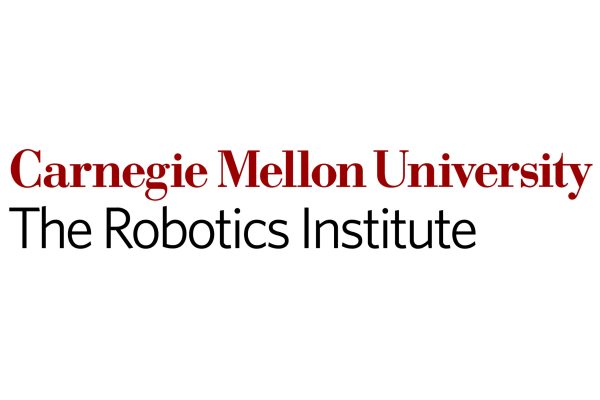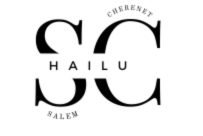Firefleye
Tunnel Modeling Through Throwable Illumination

Hazards and accessibility problems challenge robots to be “eyes” for humans in dark planetary skylights and caves. However, robots themselves are challenged to see and document using conventional imaging techniques. Vast distances, terrainability, and total darkness limit the view point and quantity of artificial illumination that reaches the scene. The inverse square law dictates that illumination power must be at least quadrupled for every doubling of scene scale. Current approaches for dark imaging utilize cameracentered illumination which is subject to this untenable requirement. These methods result in totally dark images with little useable information.
A recent discovery is that 3D scene reconstruction is uniquely enabled by processing video obtained by hurling an illumination source through a dark scene versus beaming static light onto a scene from afar. An analogy would be filming into a dark train tunnel illuminated only by lobbing a glowing softball from the portal deep into the scene. It overcomes the classical inverse square falloff of illumination power by taking a light source to a scene rather than beaming light and has much greater mobility than a wheeled robot. The trajectory of the light’s motion is an additional basis for estimating the position of the light within the scene over time. Knowing what, where and when the light is in the scene enables illumination assumption for computing depth, shape, surface normals and color details not otherwise achievable. This approach is known as “Firefleye”.
